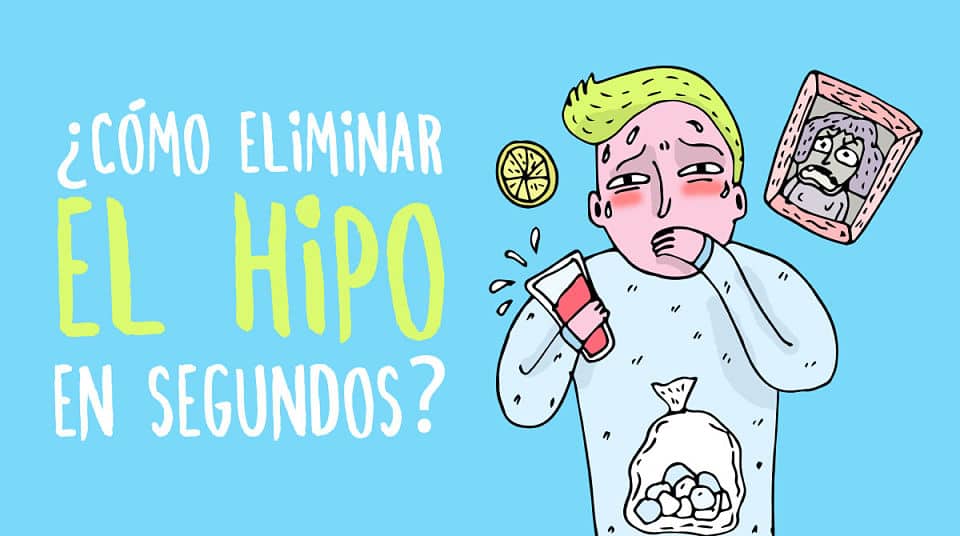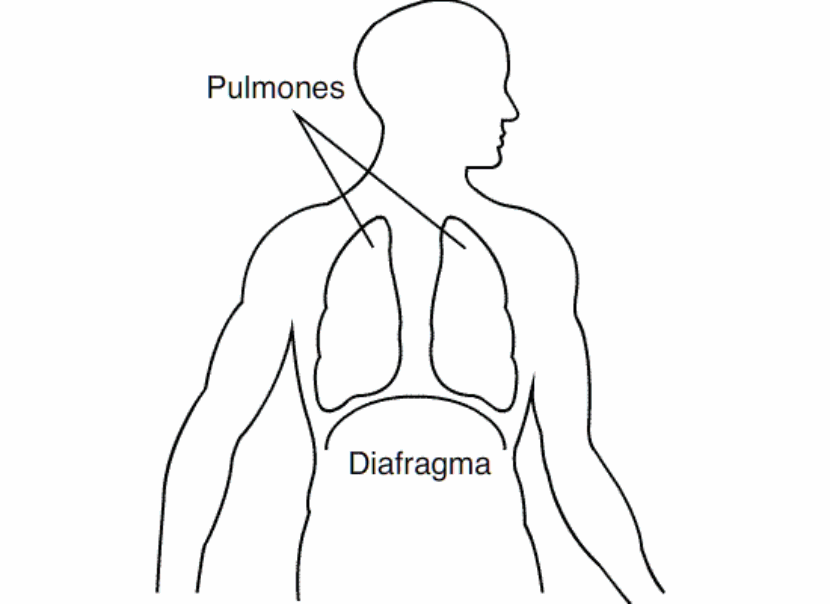

Thanks to zoopharmacognosy, we are beginning to learn more concrete aspects of this relatively new branch of science that deals with how animals treat disease with organic or inorganic substances that they find in their environment. Humans have probably been aware for a long time that animals used specific substances in certain ways when they were sick and that this sometimes helped them to heal. Humans and non-human animals have been observing and interacting with each other since prehistoric times and learning about nature together. The term zoopharmacognosy was first introduced in 1987 as a multidisciplinary study of the self-medication behavior of many kinds of animals.

Activities should promote reconnection between locals and the INP, so that the relationship switches from an exploitation perspective to a conservation perspective. fostering habitat connectivity and ecological integrity, and promoting educational campaigns to raise public awareness about the INP invaluable worth in a loving, collaborative way. The INP regional context is where we should concentrate conservation efforts, i.e.

Our findings depict the utter ecological importance of the INP given it represents 80% of what is left of inland Atlantic forest in Paraná state and because it still shelters forest specialists keyspecies (e.g. While economic profits provided by the INP visitation and fame account for most of the regional economy, and while this capital is also injected into other less popular Brazilian Conservation Units, instead of the legitimate gratefulness, the INP is poisoned with agrochemicals through its generous watercourses network, and is being violated by poachers, fishermen, thieves and palm-tree extractors. The INP is definitely under different pressures caused by human legal and illegal activities. Additionally, we assessed the soil’s ecological integrity using bait lamina probes (Chapter 7) and the water’s bacteriological content in the São João River, one of the main INP rivers (Chapter 8). the Giant Anteater (Myrmecophaga tridactyla) and the Greater Naked-Tailed Armadillo (Cabassous tatouay Chapter 6).

Among the ~248,000 photographs we collected were the first photographs of two xenarthrans for the INP, i.e. Our monitoring also included track surveys, which allowed the development of a method to discriminate small Neotropical spotted felids (Chapter 5). These findings were reinforced by the capture of a specimen in the vicinity of Foz do Iguaçu (Chapter 4). Through DNA scat analyses, we confirmed the concealed presence of Geoffroy’s cat (Leopardus geoffroyi) in the Iguaçu region. We also discussed the impacts of a road, which used to cut through the INP core area (Chapter 3). We then looked at and described the species’ distribution along the gradient of habitat alteration offered by the region (Chapter 2). (2008), we have calculated the first density estimates for 17 species in and out of the INP boundaries (Chapter 1). Using camera-traps and the Random Encounter Model developed by Rowcliffe et al. This thesis is the first characterization of the mammal community of the 77-year old Iguaçu National Park and region.


 0 kommentar(er)
0 kommentar(er)
